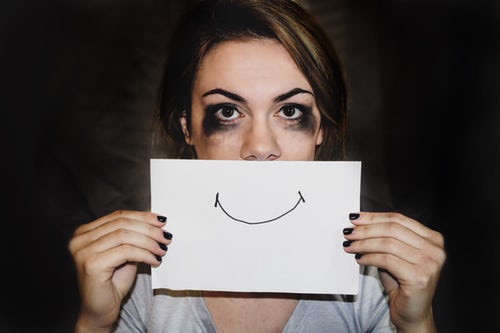The Role of Chatbots in Mental Healthcare
Let's see what role AI plays in mental healthcare.
Join the DZone community and get the full member experience.
Join For FreeIn 2016, when a Syrian refugee in his 20s was counseled by a therapist, little did he know what was happening backstage. The "therapist" was actually a psychotherapy chatbot called Karim, who was discussing mental health through text messages with him. And that’s a big moment in chatbot history.
Deploying counselors for thousands of affected refugees — complaining of nervousness, self-isolation, unabated crying, etc. — who could speak the local language (Arabic), be of service 24x7, and be paid for it, was a big challenge. That is when Karim, created by an AI-startup X2AI, was put into service. Karim is not alone. X2AI’s portfolio of therapeutic chatbot counselors includes Dutch-speaking Emma, helping people with mild anxiety and fear, English-speaking Nema, specializing in pediatric diabetes care, and more.
All of the chatbots specialize in a combination of natural language processing and cognitive behavioral therapy.
Healthcare is betting big on AI in areas like fraud detection, image diagnosis, connected machines, robot-assisted surgeries, and so on. By 2021, the AI health market is expected to hit the $6.6 billion mark. And chatbots are emerging as game-changers in unconventional areas in healthcare like counseling.
Consider Woebot, a therapy chatbot that uses peer-reviewed clinical data to back up its analyses. According to a study conducted at Stanford University, using Woebot resulted in a significant reduction of anxiety and depression among people aged 18–28 years old. Then there’s Therachat, which provides doctors with the full record of chats with insights into frequently used positive and negative words.
The Digital Confidante
It’s an alarming fact that while mental health cases are increasing, there is a shortage of psychiatric professionals available. Therapy chatbots fill this gap. Studies show that people — mostly millennials — find it easier to disclose their mental health issues to anonymous chatbots rather than a human being due to the fear of being judged, stigmatized, or isolated. The biggest benefit of chatbots is their reach. Most of them are free — or affordable — and are found online either as apps or on messenger platforms. Because chatbots are digital, they transcend boundaries and reach out to millions of people in a tap, anytime, anywhere — even in conflict zones where mental health cases are numerous. There are chatbots being developed to help violence victims in Brazil and the HIV-affected in Nigeria.
Also, chatbots are constantly (machine) learning. For instance, X2AI can detect patterns in phrasing, diction, typing speed, sentence length, and other parameters to discern various emotional states. In case they detect any possible life-threatening actions through keywords like “cut,” “end,” or “kill,” there’s provision for human intervention. Michiel Rauws, co-founder, X2AI, says they can even train a chatbot that can perform Freudian dream analysis in “a week or two.”
More Tool Than Treatment
Despite their appeal, the effectiveness of therapy chatbots is highly debatable. Chatbots will never replace therapists — the effectiveness of human connection cannot be replaced by technology. They are more "assistants" or "navigators" than actual therapists — more of a tool than a treatment. From a legal and ethical point of view, such chatbots are best not used as a replacement for serious help. They certainly cannot provide help during a deeply emotional crisis.
Then there’s privacy. Most of these chatbots are not platform-agnostic. Restricting them on, say, FB Messenger, can only limit its scope and reach. This also means — very topically in the times of privacy protection battles — that Facebook, which is not HIPAA-compliant, owns all your data, not the company.
Despite all the pros and cons, the technology of therapy chatbots is growing. According to IBM, in the next five years, advanced analytics, machine learning, and computational biology can provide a real-time overview of a patient’s mental health. And the user and acceptability rate is on the rise. If both these trends converge, it marks the beginning of a new era in mental healthcare.
Opinions expressed by DZone contributors are their own.

Comments